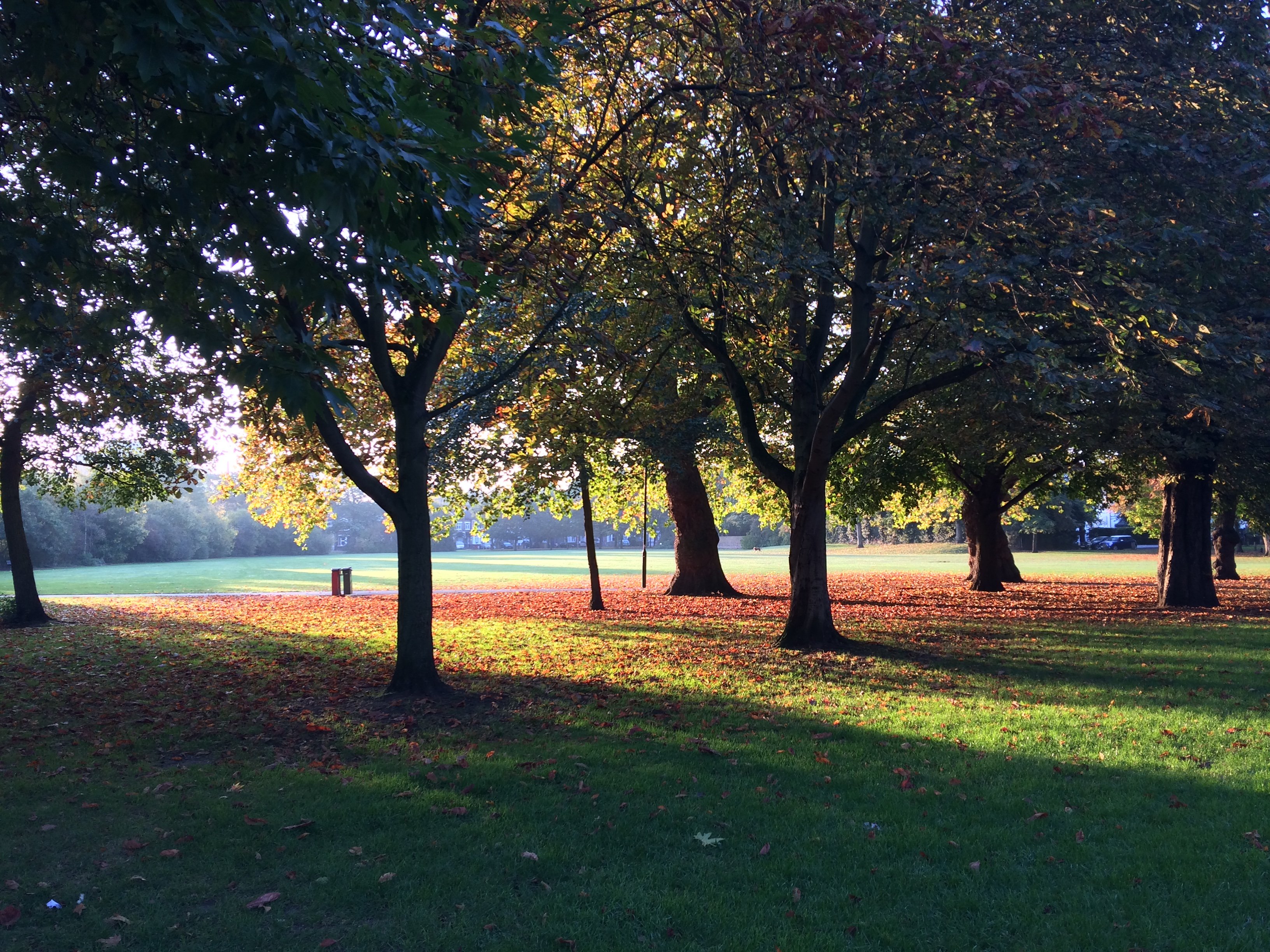
We think of suffering and happiness as separate. We seek the one and tend to resist the other without realising that they are just 2 sides to the same coin. If we did not experience sadness, we would have no comparison to make when we experience joy. Nothing is permanent, life comes in flows, at times floods, throwing us from one experience to the other. So do we have no say on this? Are we just victim to the situations and circumstances surrounding us?
When we go through a period of suffering, is that all we can see? Do our senses become heightened to the pain we feel, but numbed to the potential experience of joy and happiness? Do we get stuck in the mud of the situation, without seeing the potential for something better? Are we limiting ourselves to seeing a glass half empty, rather than a glass half full?
I am currently reading a book by Tich Nhat Hanh called “no mud, no lotus”, where he outlines the stages of suffering and how we can use mindfulness to transform our suffering. One of the initial stages is observation. We look straight into the eyes of our suffering and acknowledge it. This is what we do in our yoga practice and more so in the restorative/yin practices, where we work with longer holds and observation techniques that allow us to acknowledge what we are feeling and experiencing and to hold the space for whatever arrises within us. This technique is truly life changing, as we tend to spend much of life pushing away the experiences we associate with negatively. Can we just sit and be with it all and can we delve into the depth of our being with acceptance and ease taking our practice deeper into its next stages?
So from suffering, can we nurture happiness? How can we grow a lotus in the mud? Thich Nhat Hahn recommends 5 practices:
- Letting go: we live in a society that makes us think we need to accumulate, but so often less is more. Can we let go of the superfluous and bring more simplicity into our lives?
- Inviting positive seeds: trying to see both sides of the coin. If you are experiencing sadness, try and see the potential for joy. Allow yourself to plant those seeds and nurture them, with fodder and water.
- Mindfulness based joy: can we stay present to our daily lives: the smile of our child, the warmth of a partner/friend/relative, acts of kindness of strangers, the rays of sun outside? We spend so much time being busy and missing our lives. Can we dedicate a few moments regularly to being there with the fullness of our heart?
- Concentration: the practice of mindfulness requires concentration. We need to keep the mind steady. We tend to veer off piste with daily worries, thoughts and concerns. Can we remain mindful?
- Insight: Insight requires the capacity to look deep within and recognise what we are experiencing, which means looking at emotions like fear, jealousy, anger, etc. We all experience these, we don’t all acknowledge them. Insight also allows us to put our situation into perspective, to not get stuck in the mud.
We can let go of suffering, by cultivating happiness, by sowing the seed and cultivating the right environment for our lotus to grow. This does not mean that suffering ends. Where there is happiness, there is suffering. However, through our practice, we learn to become more resilient to it and to cultivate a more profound happiness. There are many ways of looking at cultivating abundance. At the moment, I have a plant that is blossoming relentlessly, observing its blossoms and watering it, is my daily practice. Tich Nath Hahn recommends taking pen and paper and writing all the things that bring joy to you. Maybe try doing that now.
